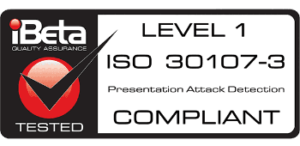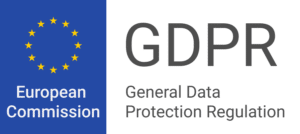Introduction
Last Friday the Government of Spain published a new Ministerial Order that allows the use of remote video-identification as a tool for the issuance of digital electronic certificates. This regulation places our country at the forefront in terms of digital transformation in Europe and follows the precedent set by the Executive Service for the Prevention of Money Laundering (SEPBLAC) which already in 2016 established this same method as a requirement for opening accounts in banking entities.
Veridas, a leader in biometrics with millions of validations performed worldwide, complies with all the requirements established in the standard and has Dekra as an accrediting entity.
What does video-identification consist of?
The remote video-identification is done via cell phone. The user must scan their ID document, followed by a selfie for biometric comparison against the photo on the ID document and finally, a video in which they show the document again, this time with their face. This system has high security measures against document fraud and deepfakes.
Veridas, the only Spanish company that complies with CCN requirements
The requirements for implementing a remote video identification process are regulated by the National Cryptologic Center’s Security Guide.
- Evaluated by NIST: The biometric facial matching system must have been evaluated by the Face Recognition Vendor Test (FRVT) in the VISABORDER category of NIST, and have obtained a FNR (False Negative Rate) of less than or equal to 5% for a FPR (False Positive Rate) of less than or equal to 1/1,000,000. Veridas far exceeds this requirement with an error rate of 1.27%, being the only Spanish company able to meet this requirement.
- Biometric anti-fraud methods: The solution must establish technical measures to detect that the person is alive through active or passive tests. The biometric system must implement a biometric presentation attack detection PAD (Presentation Attack Detection), according to the methodology defined by the CCN for accredited laboratories within its scheme. In this aspect, the Veridas solution complies with the iBeta Level 1 test for screen attacks.
- Document anti-fraud method: The tool will implement ID document tampering detection mechanisms for all those features that are visually noticeable. Veridas software performs an exhaustive analysis of the ID documents, checking for elements such as visual (VIZ) and machine readable zone (MRZ) matching, detection of holograms or special inks, authenticity of the material or tampering attempts.
- A posteriori review: Veridas has a process visualization tool for subsequent review by an agent that allows it to analyze the biometric characteristics of the applicant and the correspondence of the information included in the identity document with the snapshot or image of the applicant.
- Integrity of the process: Veridas’ solution guarantees that the process is executed as a single act, that is, in such a way that it can be evidenced that it is a single process in a single device and in a single sequential act in time, regardless of whether it is executed in several steps.
- Live identification: Veridas video-identification is designed to ensure that the identification process is performed in real time.
- Validation scoring: Veridas offers facial biometric scoring between the face of the person being identified and that of the document image. In addition, in case of rejection, the tool records the reason.
- Communication security: Veridas has a secure communication protocol according to the methods established in the Guide.
This new regulation is a very important step in the correct regulation of identity verification technologies that represent an unprecedented advance, not only in the digital transformation of companies and institutions but also in improving the quality of life of citizens, and their legal protection in the digital environment.





![[DEMO GRATUITA]: Descubre cómo funciona nuestra tecnología en vivo](https://no-cache.hubspot.com/cta/default/19918211/478bcde8-f23d-4436-a640-ce15a25d0877.png)

















